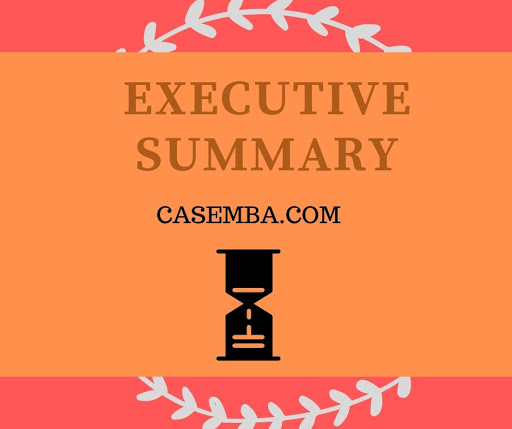Executive Summary of Unicef Case Study Solution
This is not the actual case solution. To get the case solution place your order on the site and contact website support.
Home >> John A Quelch >> Unicef >> Executive Summary
Executive Summary of Unicef Case Solution
 The reports deals with the issue of effective IT investing on infrastructure of the company such as incompatible, unsuited and glitch-prone appointment system that has actually not been dealing with 45000 calls per day in an efficient way. It is advised that the business should utilize the IT investing on infrastructure, in order to enhance the appointment system. The business must assign an adequate quantity of budget on enhancing customer commitment, boosting revenue and making the most of the market share, which can be done by permitting the representatives to utilize the web allowed booking system as well as book more tailored holidays for clients.
The reports deals with the issue of effective IT investing on infrastructure of the company such as incompatible, unsuited and glitch-prone appointment system that has actually not been dealing with 45000 calls per day in an efficient way. It is advised that the business should utilize the IT investing on infrastructure, in order to enhance the appointment system. The business must assign an adequate quantity of budget on enhancing customer commitment, boosting revenue and making the most of the market share, which can be done by permitting the representatives to utilize the web allowed booking system as well as book more tailored holidays for clients.
Considering that last 10 years, Executive Summary of Unicef Case Analysis has actually been the leading innovative sensor manufacturer in the market, which is growing rapidly. With the passage of time, the company's general size has been increased to 800 workers, with an annual sales of around 850 million US dollars. The company's items sales and service sales percentages are 98 percent and 2 percent from the total annual sales of Executive Summary of Unicef Case Analysis. In existing days, the whole sensor market in the United States is shifting towards offering less costly products, which are less in costs, and the companies are likewise offering the multi functions sensor system to the consumers. In other words, the intention of sensor market is to provide more features in low rates to the present sensing unit customers in the United States. In order to get the competitive advantage, Executive Summary of Unicef Case Solution need to need to navigate the modification effectively and thoroughly identify the future market needs and needs of Unicef clients. There is a need to make key choices regarding the number of various activities and operations that what services and products require to be presented and manufactured in the future and what services and products require to be stopped in order to increase the total company's earnings in upcoming years. This task has actually been designated to Executive Summary in order to identify the very best possible action in this scenario. As the Figure 1.1 is showing that the factory automation organisation is depending on the low supply chain performance and low market efficiency as it is supplying the negative 1 percent return on invested capital (ROIC), so, it will be a much better decision to stop this item from its product line or to re-evaluate it by recognizing the different opportunities for improving the performance related to the factory automation business.
